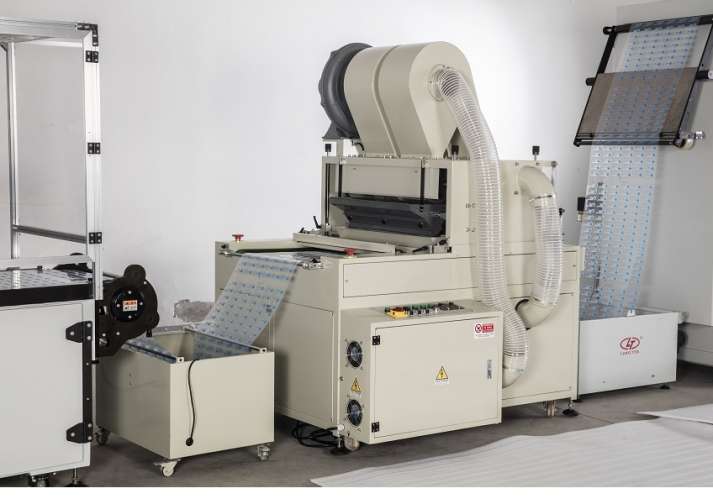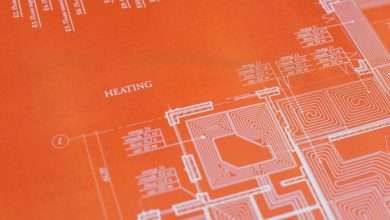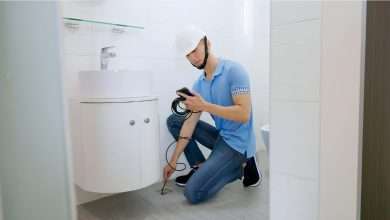Elite Powder Coating Machine Models Offering Multiple Heat Chambers

Walk into a modern finishing facility, and the hum of precision-built equipment tells its own story. Multiple heat chamber systems have changed how coating jobs are scheduled, managed, and completed. These advanced powder coating machine designs aren’t just larger or faster—they’re smarter, giving operators greater flexibility while maintaining the consistency that demanding applications require.
Dual-chamber Layouts Enabling Parallel Curing Cycles
Dual-chamber layouts are built for productivity without compromising quality. By splitting the curing space into two fully functional chambers, operators can process different batches at the same time. One chamber might handle parts with a short cure schedule, while the other manages components with thicker coatings needing more heat exposure. This setup makes it possible to double throughput without doubling floor space.
The true advantage is in reducing idle time. Instead of waiting for one load to finish before starting another, each chamber operates independently. A well-designed powder coating machine with this configuration ensures heat distribution in both chambers remains uniform, so no part leaves undercured or overbaked. Manufacturers who deal with varied job orders find this design ideal for keeping production moving smoothly.
Segmented Heating Zones Tailored for Varied Coating Thicknesses
Segmented heating zones bring precision where it matters most—matching heat intensity to the actual coating thickness. Each section of the chamber can be set to a different temperature, letting the operator control the curing environment down to specific areas of the part. Thin coatings get the right heat exposure without risking burns, while thicker finishes receive enough time and warmth to fully cure.
This approach is particularly useful for parts with uneven shapes or multiple coating layers. A powder coating machine with segmented zones helps prevent defects such as orange peel or undercured edges. By tailoring heat to the job rather than forcing the job to fit the heat, operators achieve a higher finish quality, reduce waste, and minimize costly rework.
Independent Chamber Controls Supporting Simultaneous Temperature Profiles
Independent chamber controls allow two entirely different temperature profiles to run side by side. This means operators can cure a high-temperature polyester in one chamber while processing a lower-temp epoxy in the other. Both jobs finish in optimal conditions without waiting for one batch to end before starting another.
Beyond saving time, this setup improves scheduling flexibility. A powder coating machine with fully independent controls opens the door to processing custom orders alongside standard production runs. Small-batch, quick-turn projects no longer disrupt the main workflow, which keeps customers happy and delivery times consistent.
High-capacity Oven Structures Housing Multiple Cure Environments
High-capacity oven designs with multiple cure environments are built for large-scale operations. These systems feature expansive chambers subdivided into controlled spaces, allowing multiple product lines to run in the same footprint. The extra capacity means even oversized parts can be processed alongside smaller components without slowing the line.
Such designs are especially effective for facilities producing a wide variety of parts each day. A powder coating machine with this level of flexibility supports both heavy industrial gear and delicate architectural pieces in one system. By housing multiple cure environments under one roof, operators eliminate the need for separate ovens, cutting down on equipment investment and floor space requirements.
Configurable Chamber Sequencing to Match Production Flow
Configurable chamber sequencing gives operators the power to set the curing order that best matches the workflow. Instead of running loads in a fixed pattern, chambers can be activated, paused, or rotated according to job priorities. This is particularly useful for shops that handle rush orders or need to adjust production schedules on the fly.
A powder coating machine with sequencing capability prevents bottlenecks. Operators can load the next batch into a ready chamber without waiting for other cycles to complete. The result is a smoother, more efficient production line where the heat chamber system adapts to the work—rather than forcing the work to adapt to the equipment.
Multi-door Access Points Streamlining Part Transfer Between Chambers
Multi-door access points are about speed and safety in equal measure. By providing separate entry and exit doors for each chamber, operators can load one side while unloading the other, minimizing downtime and preventing temperature loss. For high-volume operations, this feature translates to faster turnarounds and reduced handling delays.
These access points also improve ergonomics. Workers spend less time maneuvering large parts through tight spaces, which cuts down on damage risk and fatigue. In a powder coating machine, the difference between a single and multi-door design can mean saving hours of labor each week while maintaining consistent cure temperatures.
Integrated Airflow Management Maintaining Uniform Heat Across Separate Zones
Integrated airflow management is the unseen force that ensures every part cures evenly. In multi-chamber systems, controlling airflow between zones prevents heat bleed and maintains precise temperature settings in each section. This is critical when curing parts that have different temperature requirements but share the same system.
A powder coating machine with advanced airflow systems reduces the risk of hot or cold spots, ensuring that finishes are smooth, durable, and consistent. By fine-tuning how air moves through each chamber, these machines protect coating quality while giving operators the flexibility to run multiple jobs at once without sacrificing precision.



